Objective:
- Decompose and understand how driving behavior affects vehicular emissions and how trends in behavior may or may not contribute to the net-zero emission reduction goal
Case:
Methodology:
- Laval-leclercq model (Trait modeling)
Data Source: partial open
- Car ownership: provincial yearbook
- Vehicle emission standards: China mobile source environmental management annual report
- Trajectory data: request
- Nanjing trajectory 2018: UTE project
- Trajectory 2021: TJRD TS Project
Findings:
- Despite the fast-decreasing trends in other major pollutants, CO2 emissions are shown to decrease slightly
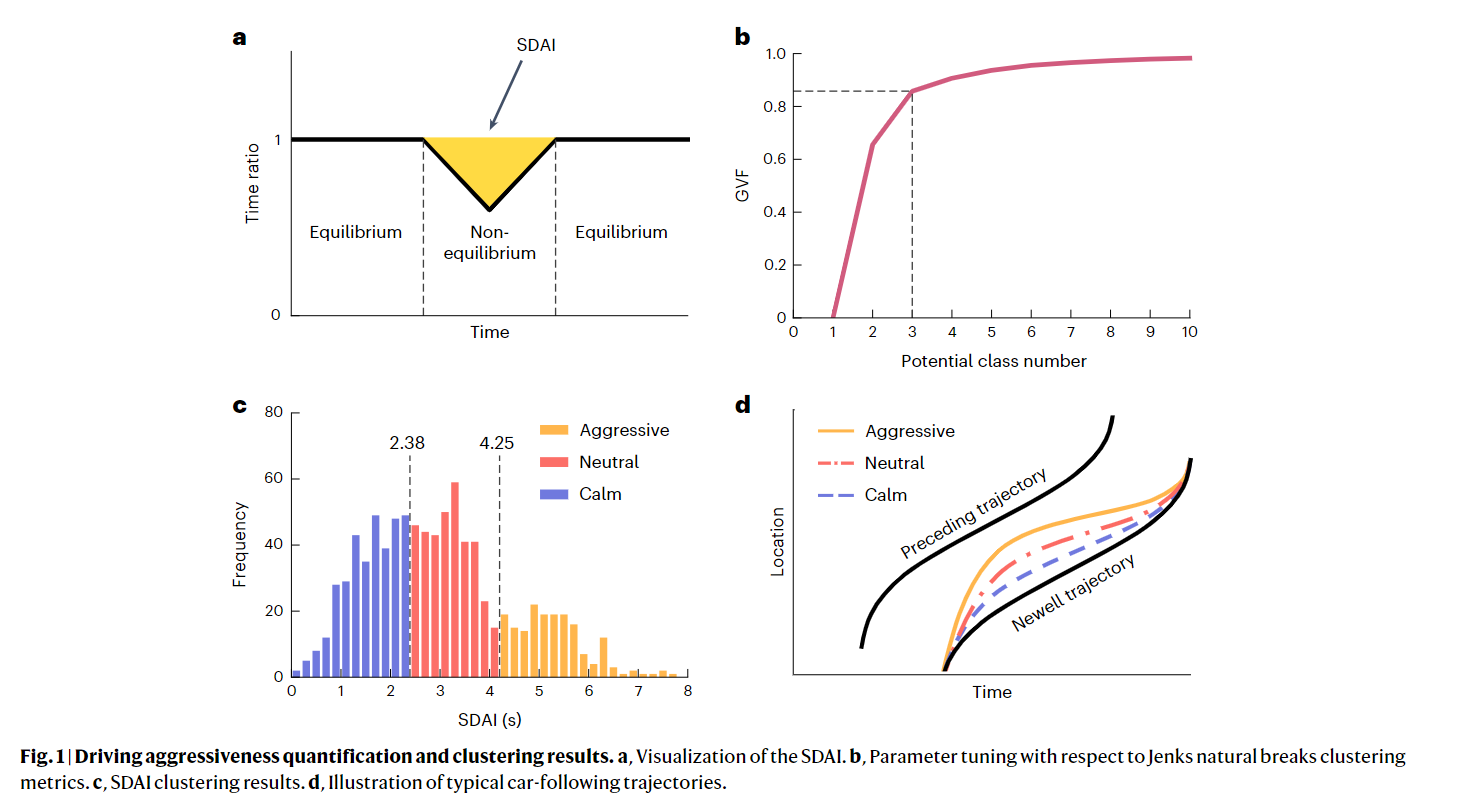
- Accumulated extra emissions from 2013 to 2050 can reach 400.5 tons CO2, 1.5 million tons CO, 69.1 thousand tons NOx, 22.4 thousand tons HC and 3.3 thousand tons PM
- Yearly peak of major pollutant emissions would appear in 2025 or 2026

- Imposing the carbon price lowers fossil fuel combustion and increases renewable and bioenergy uses across all world regions
- Regional socio-demographic characteristics affect population vulnerability, influencing health outcomes
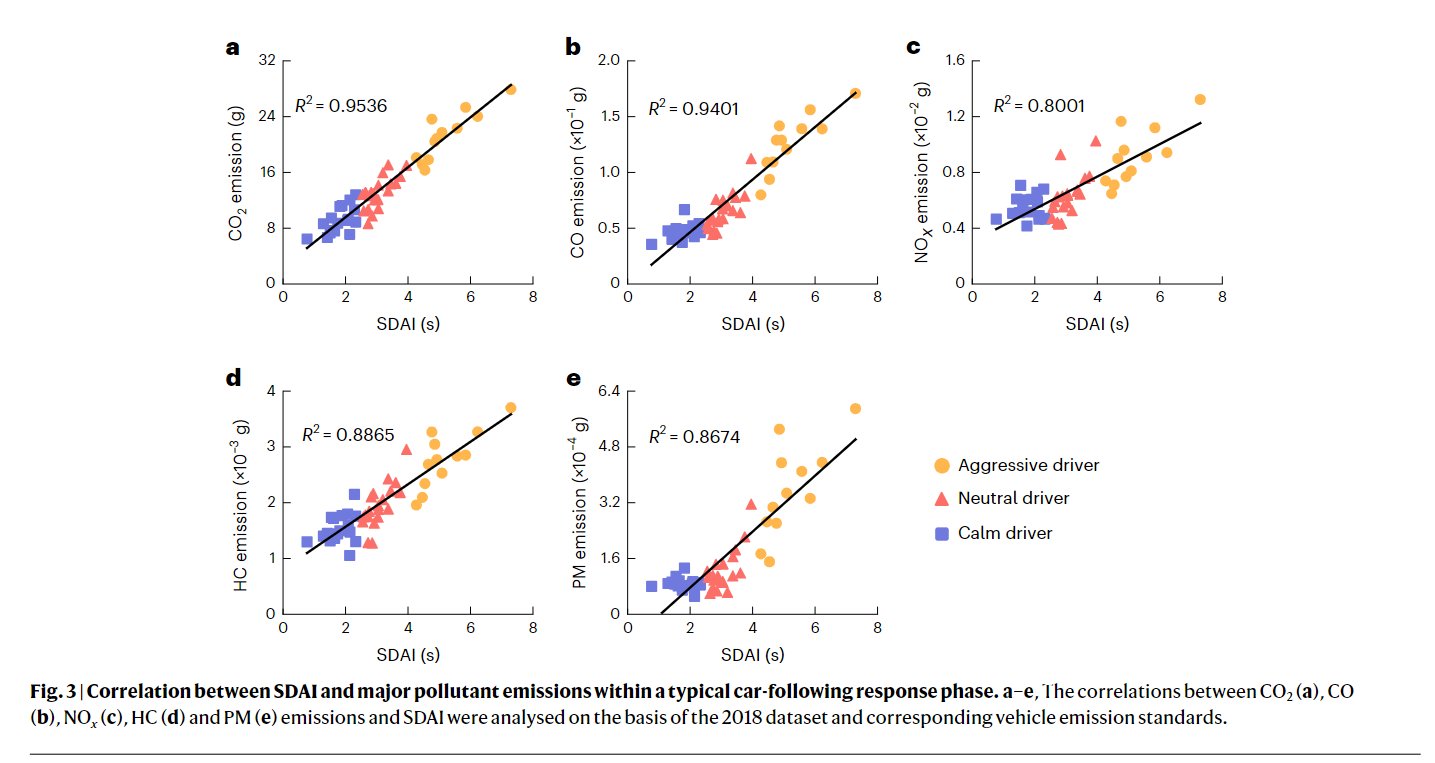
- The deforestation method is a key assumption driving the OC emissions increases
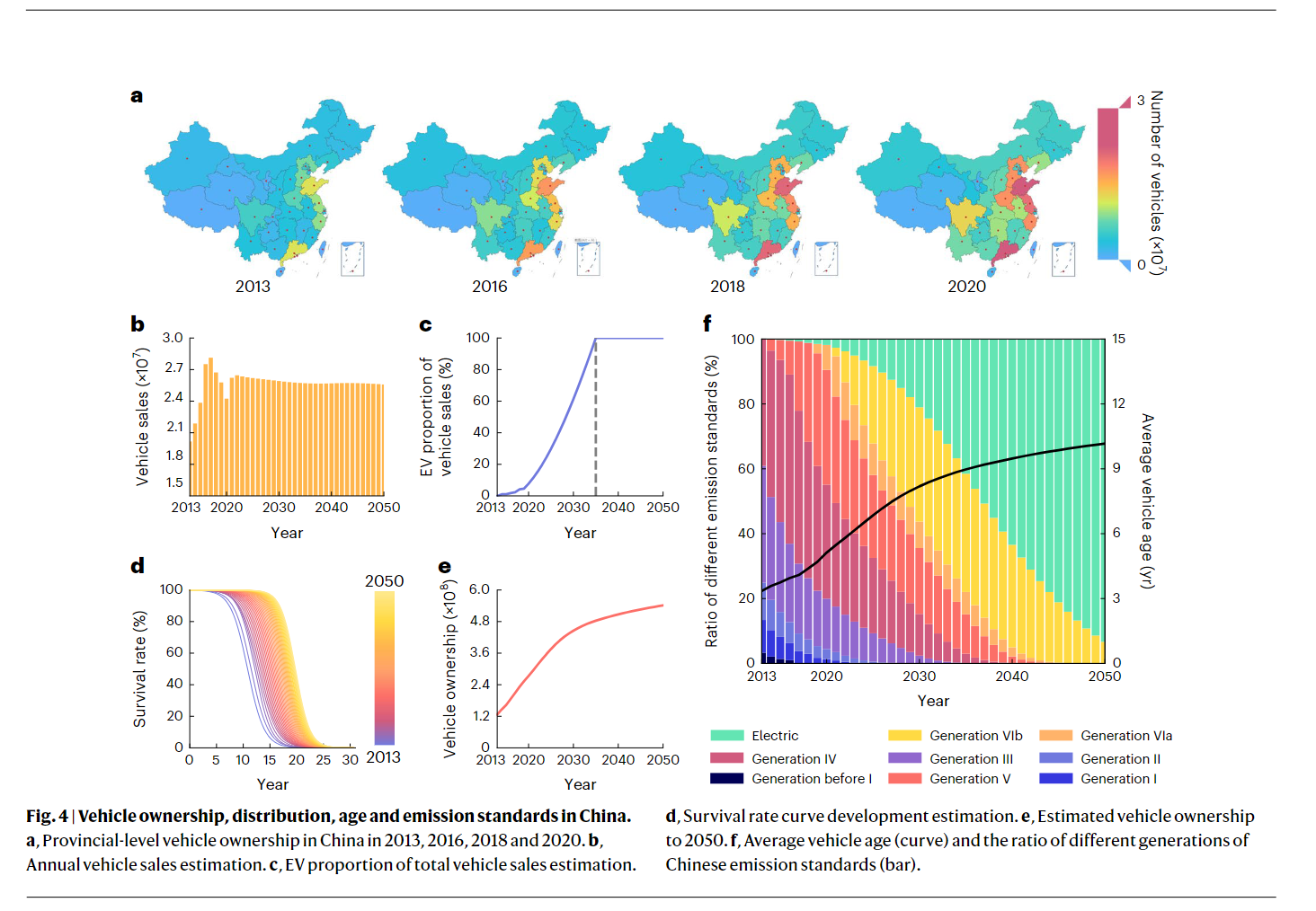
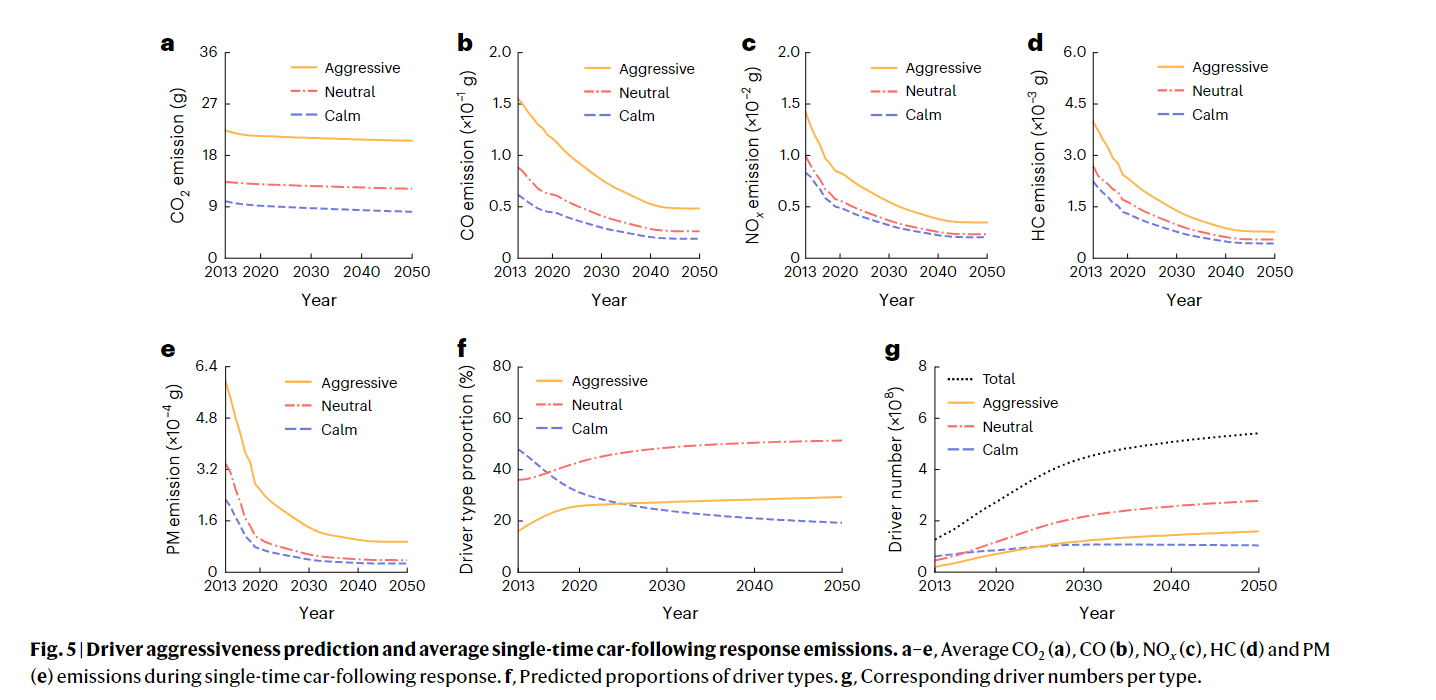
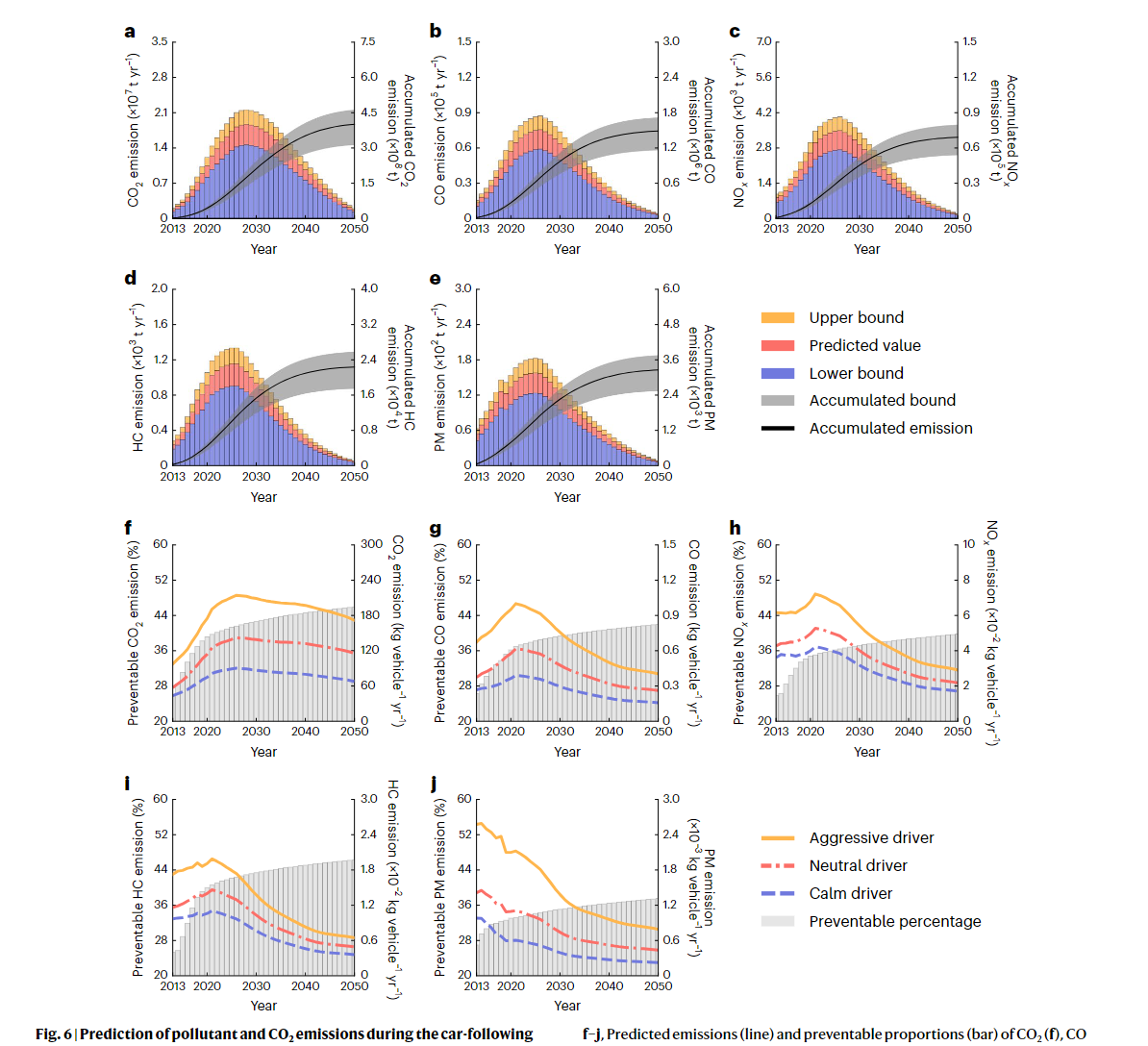
Coding Reference:






